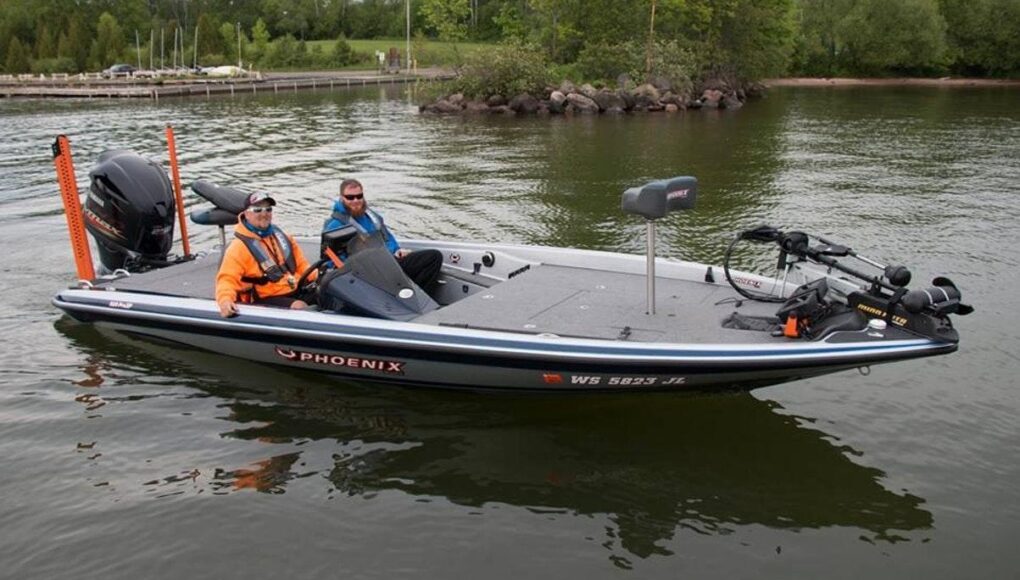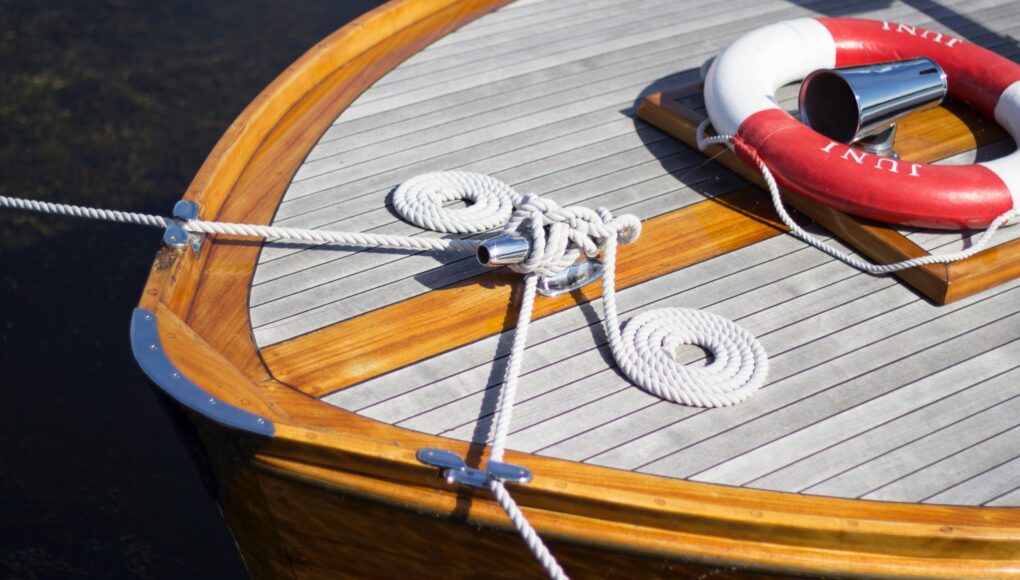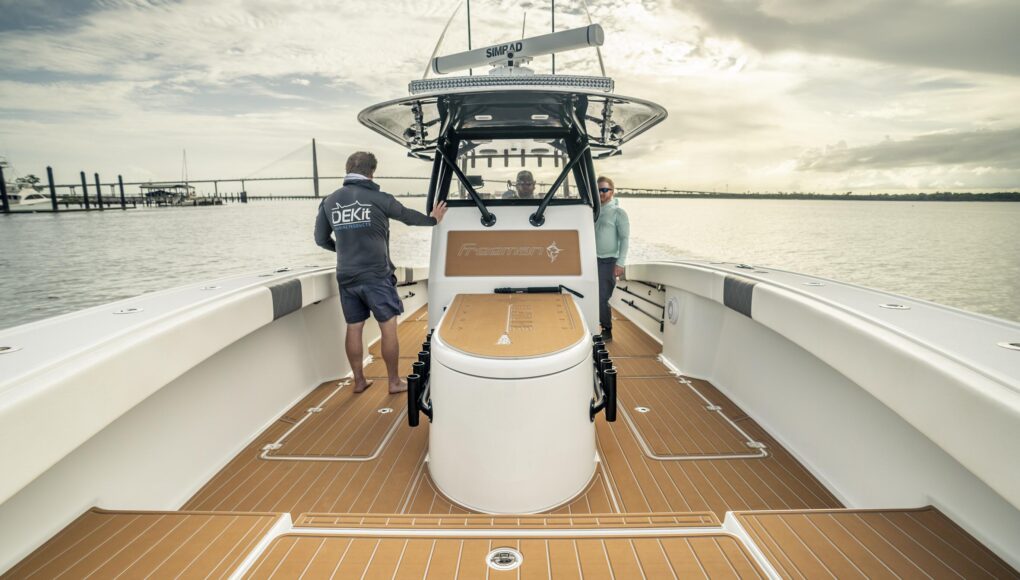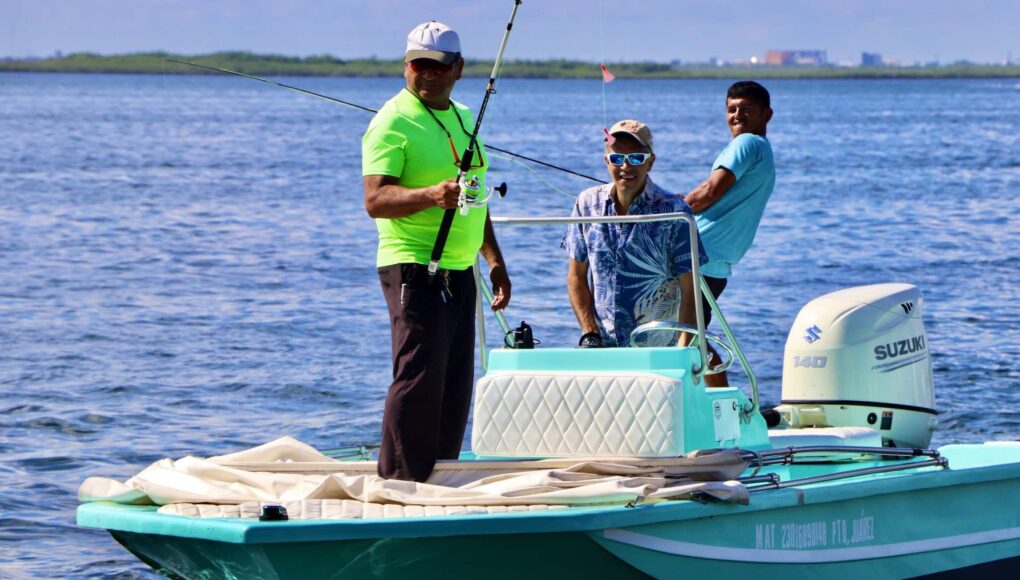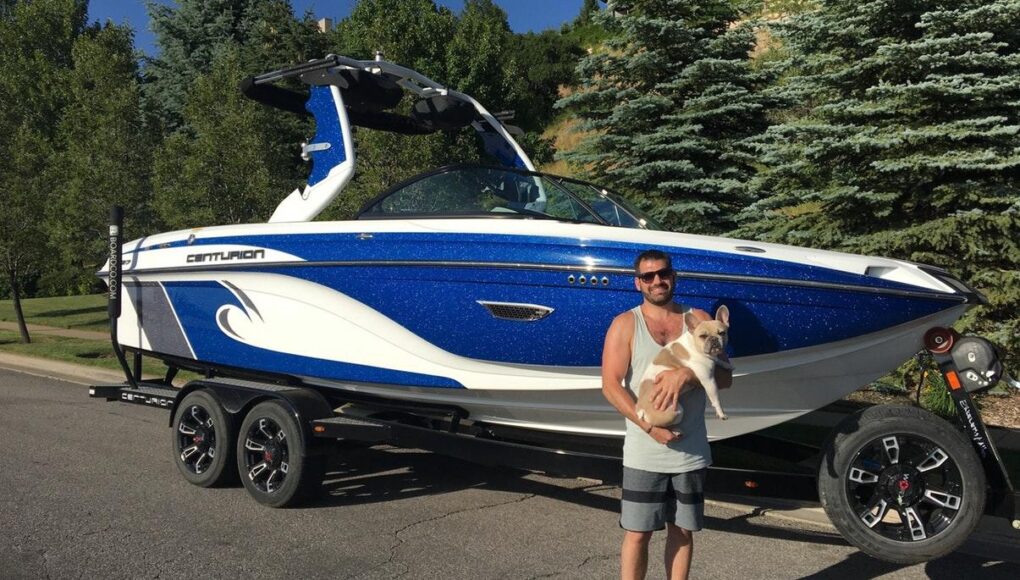Basic Introduction to Freshwater Fishing
Freshwater fishing can be done almost anywhere in the world and at any time of the year. From catfish spearing in the mighty Mississippi to ice-fishing on an arctic pond to the quiet contemplation of fly-fishing in a pristine mountain stream, there are multitudes of ways to enjoy this sport. However, the way that you choose to fish is often based on the area where you plan to fish, and the species you want to target. Here is a brief look at some of the different kinds of freshwater fishing, where they are done, and the equipment that is needed. Kinds of Freshwater Fishing The kind of freshwater fishing that is done will depend on your location, the kind of water body where you want to fish, the species of fish you want, and the equipment to which you have access. Freshwater Boat Fishing This is one of the main forms of freshwater fishing, and it can encompass a number of different kinds of fishing, depending on where you are. Boats can be small rowboats, canoes, or kayaks where you fish on small ponds or on rivers, or you can have a larger boat like the kind that is used for deep-sea fishing, and fish on a large river like the Mississippi or a large lake. In some cases, a motor is necessary to keep the boat moving at slow speeds and attract fish, but in most situations, the boat is just a way to get to an access point in the middle of a river or lake to drop a line. Boat fishing is most often done with a rod and reel and can range from trolling for Great Lakes salmon to bass fishing. Fly Fishing in Freshwater This kind of fishing requires you to stand in the water, most often in waders, and to cast your rod in a way that mimics a fly dancing on the surface of the water. Trout is a very common species that are caught this way, but they are not the only ones that can be snagged by fly fishermen. This form of fishing usually uses bits of string and feathers that are tied to look like the larvae of local insects. Many fly fishermen tie their own flies, but they are also sold pre-tied. This kind of fishing requires a lot of technique and some knowledge of the local insect species. Fish may occasionally bite flies that do not fit the area, but the larger, older, wary fish usually need a pretty good imitation to be fooled. Ice Fishing This is a popular pastime in northern climes, where water often freezes solid enough to drive on. This is most often (with some exceptions) done on lakes or ponds, because the moving water in a river, even a frozen one, leaves ice too thin to safely set up an ice fishing station. Ice fishing involves using a special hole-making tool, called an ice auger, to core through what can be several feet of ice and to the water below. Then a line and hook is placed in the hole. Often, several holes are bored, multiple lines are placed in an area, and a small, portable fishing shack is set up on the ice nearby to protect ice fishermen from the cold winds. Many of the species that are caught during the summer, like sunfish, bluegill, crappies, and bass are popular ice fishing trophies. However, it is also a great way to catch the more voracious and larger northern pike, which is a favorite sport fish of many. Dock Fishing For those who do not have access to a boat or for those who want an easy way to introduce kids to fishing, dock fishing is a great way to learn. The shade that small docks provide are often a popular cover for small fish who are at risk from birds. Because of this, fish congregate here, and it is a great place to drop a line with a worm and learn how to cast a fishing rod and hook a fish. As a basic rule, the shallows most often have smaller fish than deeper water, and this is not always the best way to trophy fish. However, as a beginner’s fishing experience, a stationary place like a dock, pier, or bridge is a great way to develop a love of fishing. Fish Spearing or Noodling Some places find that spearing fish is a great way to get to some of the large river fish that may not go for a baited hook. Catfish and frogs are two popular species that can be caught this way. Frogs are often speared on a long-handled pitchfork-like tool, and the practice is called gigging. Catfish can also be caught with bare hands, often with the fisherman sticking his whole fist into the catfish’s mouth. This kind of fishing is called noodling, because your fingers become the bait, wiggling around like noodles. Since southern catfish can grow quite large, it is not unusual for noodlers to find catfish weighing between 50 and 100 pounds. Basic Freshwater Fishing Equipment The fishing purists will tell you that all you need is a rod, reel, hook, and the right bait. Others will tell you all about the latest technological innovations that come with fishing. Like fishing techniques, what works best for one person may not be the solution for another, and much of it varies by species, location, and water type. Here are some of the basic equipment, and some things to consider when you choose your own. Freshwater Bait There are as many kinds of baits as there are of fish to catch with it. Here are some of the basics to consider when purchasing bait: Who is eating your bait: The eating habits of the fish you are targeting should have a lot to do with the bait you choose. Some fish, like carp, are indiscriminate eaters and will grab anything that looks like it will fit

